Branded the smallest DSLR in Canon’s EOS lineup, the EOS 200D , successor to the EOS 100D released in 2013, packs in technologies that have become a mainstay on Canon’s latest EOS cameras, such as Dual Pixel CMOS AF and the DIGIC 7 image processor. In this article, we take a closer look at four of such features. (Reported by: Kazuo Nakahara)

With a vari-angle monitor and Wi-Fi connectivity, the EOS 200D is a tempting entry-level camera
In a world where entry-level DSLR cameras tend to be replaced by newer models within the short span of 1 to 2 years, the EOS 100D stood out for its over four-year long reign as one of the most popular entry-level models since its release in April 2013. The baton has now been passed to its successor, the EOS 200D, which follows in its predecessor’s tracks as a DSLR camera that incorporates imaging potential almost akin to that of a mid-range camera, even within a compact, lightweight body.
The CMOS image sensor on the EOS 200D boasts 24.2 megapixels, a large increase from the 18.0 megapixels on the EOS 100D. AF during Live View shooting promises to be much faster than before with the use of Dual Pixel CMOS AF, and enhancements to movie-shooting features increase the EOS 200D’s appeal as video-shooter. The camera’s image processor, the ‘brains’ behind its operations, uses Canon’s latest DIGIC 7 system, ensuring even more powerful processing abilities.
In terms of wireless communication, the EOS 200D supports Wi-Fi, NFC and Bluetooth. The latter, in particular, provides a constant connection between camera and smartphone, such that one can use a smartphone to start-up the camera and transfer pictures even when the camera is powered off, a feature that aptly takes into consideration the shooting style of new, entry-level users.
The Vari-angle rear LCD monitor provides a great degree of versatility when shooting, and the touchscreen ability also is a wonderful match with Dual Pixel CMOS AF. For viewfinder shooting , the coverage of the optical viewfinder and AF points follow from the EOS 100D, but continuous shooting speed has been increased to 5 fps.
Below, we take a closer look at 4 key features of this camera.
1. The rear LCD monitor
Vari-angle, 2 options for screen display
The EOS 200D features a Vari-angle LCD monitor, which greatly increases the variety of scenes that you can shoot. Unlike on a tilt-type screen, Vari-angle enables you to take high- and low-angle shots regardless of whether you are holding the camera in horizontal or vertical orientation. Self-portraits are also a given. The default menu display setting is the “Guided” mode, which provides a beginner-friendly, easy-to-understand user interface. New users can familiarize themselves with camera operations using the graphics-based guide and explanations.
 The Vari-angle monitor can be rotated 175° horizontally, and 270° vertically.
The Vari-angle monitor can be rotated 175° horizontally, and 270° vertically.
 The ‘Guided’ mode (friendly display) is the default screen display setting. It can be switched to the ‘Standard’ display mode.
The ‘Guided’ mode (friendly display) is the default screen display setting. It can be switched to the ‘Standard’ display mode.
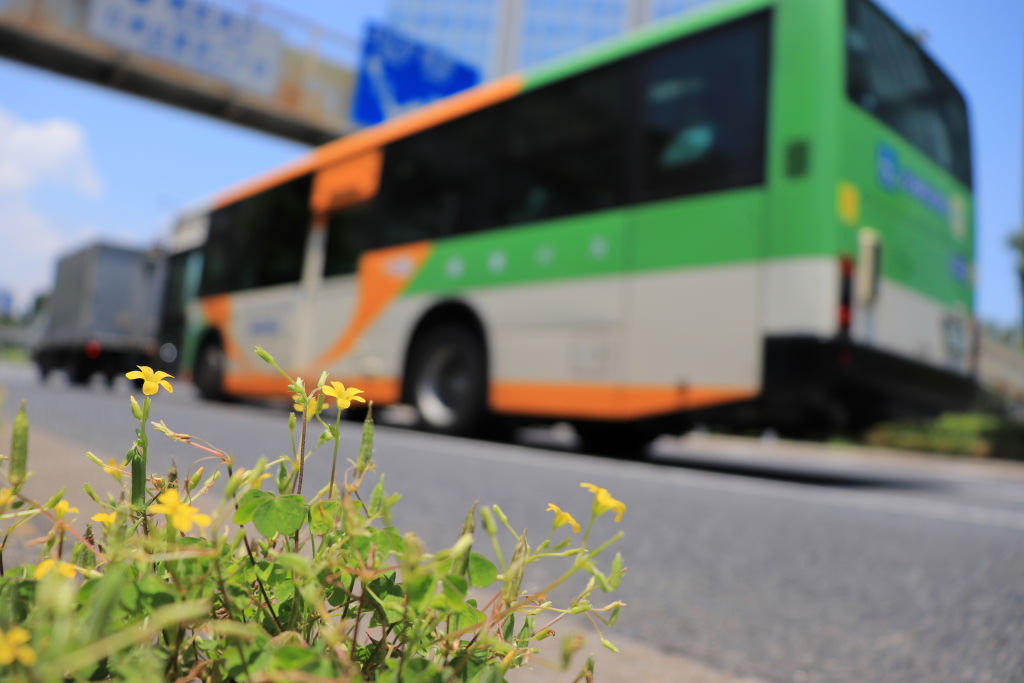
EOS 200D/ EF-S18-55mm f/4-5.6 IS STM/ FL: 18mm (29mm equivalent)/ Aperture-priority AE (f/4, 1/1,000 sec, EV±0)/ ISO 100/ WB: Auto
You can use the Vari-angle screen to shoot from a low position that just barely skims the ground. In this shot, Touch AF was used to establish precise focusing on the tiny flower.
2. The AF system
Dual Pixel CMOS AF
The EOS 200D is equipped with the Dual Pixel CMOS AF system, where each pixel on the image sensor is capable of two functions—capturing light for imaging purposes, and carrying out image plane phase difference detection AF . This enables high-speed, seamless phase difference detection AF during Live View shooting, over an area that covers 80% (horizontally and vertically) of the LCD screen. As a result, on the EOS 200D, AF during Live View shooting is as fast as it is on a mid-to high-end DSLR.
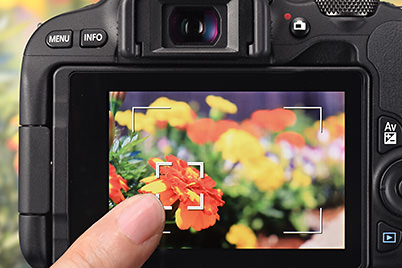
Even with Touch AF, AF is still available over 80% (horizontally and vertically) of the screen.
3. Image quality
Improvements to image quality with DIGIC 7
The EOS 200D features major improvements in overall performance, not just in terms of operability but also image quality, particularly in areas such as subject detection capabilities and processing speed, AF tracking and high ISO speed noise reduction.
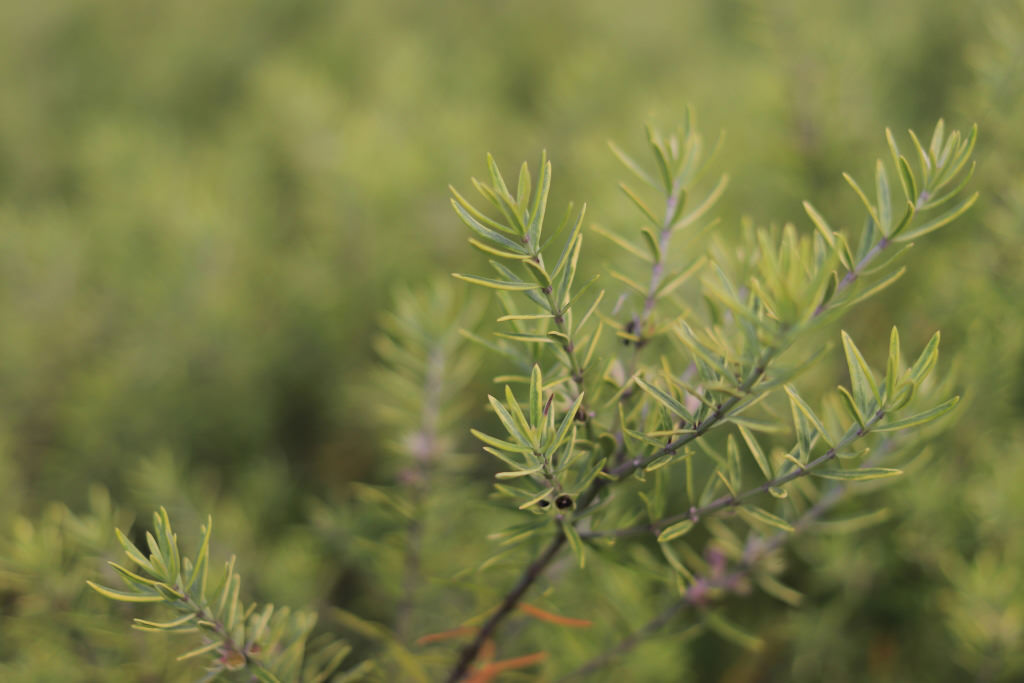
EOS 200D/ EF40mm f/2.8 STM / FL: 40mm (64mm equivalent) / Aperture-priority AE (f/2.8, 1/800 sec, EV±0)/ ISO 100/ WB: Auto
As this image shows, the EOS 200D’s subject detection capabilities are powerful, even when faced with a low saturation scene where the main subject and the background are of the same colour tones.
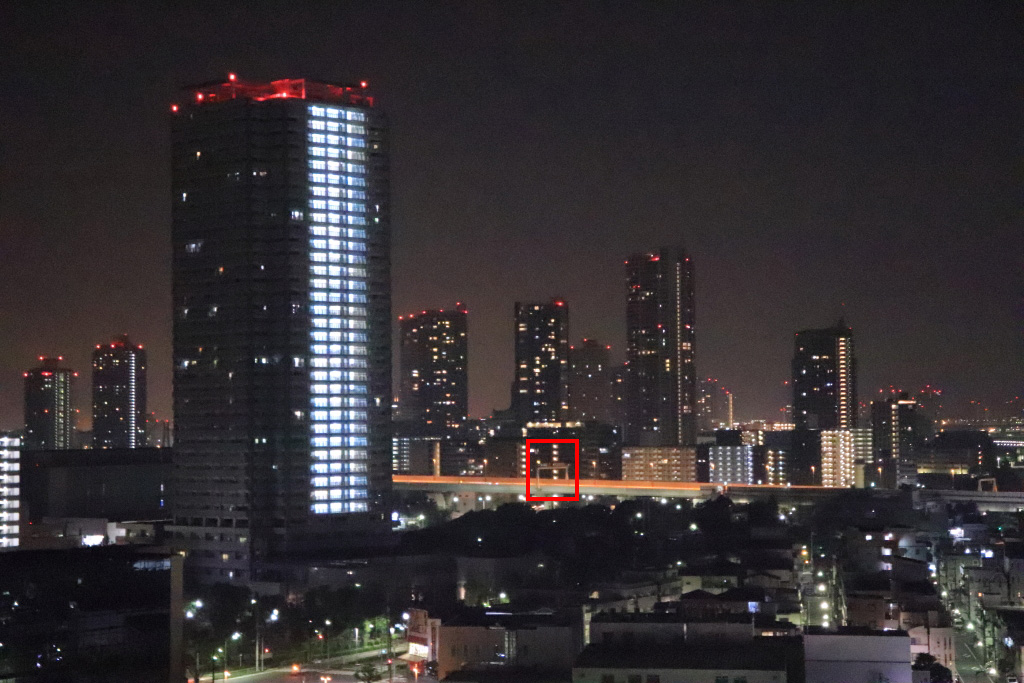

EOS 200D/ EF-S18-55mm f/4-5.6 IS STM / FL: 47mm (75mm equivalent) / Aperture-priority AE (f/5.6, 1/25 sec, EV-0.7)/ ISO 25600/ WB: Auto
This nightscape was shot at ISO 25600. The details have been depicted without deterioration from noise.
4. Wireless connectivity
Constant connection with a smartphone, even when powered off
Bluetooth low energy technology enables a constant, low-powered connection to be maintained between the camera and a smartphone, even when powered off. This means that should you need to transfer photos, you do not even need to touch your camera. All you need to do is to initiate the action via the Camera Connect smartphone app (downloadable for free), and the connection will automatically switch from Bluetooth to Wi-Fi to facilitate the transfer.
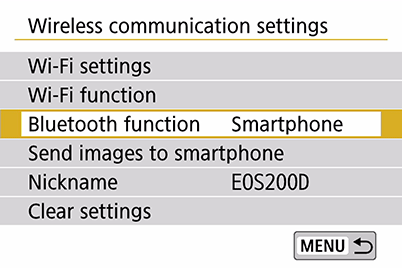
Connection through both Wi-Fi and Bluetooth is possible with a smartphone or compatible remote control device. On the EOS 200D, you can choose to enable/disable the Bluetooth connection when the camera is powered off.
There’s lots you can do with a Wi-Fi connection and the Camera Connect app. Check out the following articles for some ideas!
Fun Ways to Use Your Camera’s Wi-Fi (Part 1): Introduction to Wi-Fi Feature
Fun Ways to Use Your Camera’s Wi-Fi (Part 2): Real-Life Examples
6 Useful Tips for Remote Shooting via Wi-Fi with the Camera Connect App
Useful Tips for Backing Up Photos on the Camera Connect App
Or check out our series on Camera Basics to get to know more about your EOS camera and what it can do
Receive the latest update on photography news, tips and tricks.
Be part of the SNAPSHOT Community.
Sign Up Now!
About the Author
A monthly magazine that believes that enjoyment of photography will increase the more one learns about camera functions. It delivers news on the latest cameras and features and regularly introduces various photography techniques.
Published by Impress Corporation
Born in Hokkaido in 1982, Nakahara turned to photography after working at a chemical manufacturing company. He majored in photography at the Vantan Design Institute and is a lecturer for photography workshops and seminars, in addition to working in commercial photography. He is also a representative of the photography information website studio9.

































